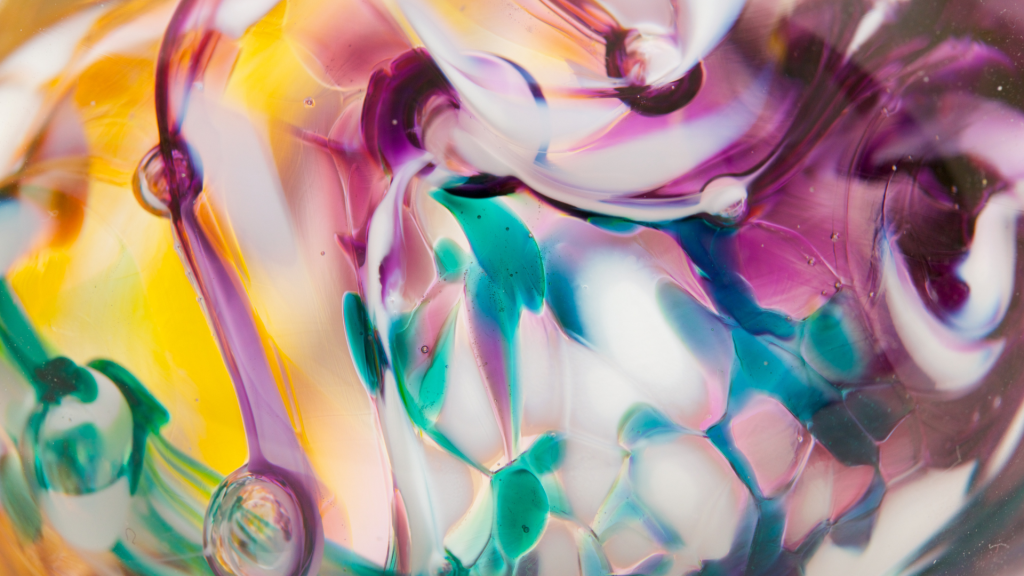
The Science Behind Colour
Colours are the most used form of communication in our world, whether it be on a billboard or a sign, or even just a piece of clothing.
With this said, one might wonder what exactly is colour. Scientists have studied and researched colours for centuries in order to learn about how they work and why we see them the way that we do.
In this blog, we will explore the science behind colours by exploring their various effects and applications.
What is Colour Theory?
Colour theory is the study of the relationships among colours and how they impact our perception of reality. There are three primary colours, red, green, and blue; each has a unique effect on how we see and interact with the world.
Red stimulates emotions, blue calms them, and green provides balance. For example, blue hues in water look calm while red hues in blood look hot.
By understanding these principles, we can create more balanced colour schemes for our environments and better appreciate the beauty around us.
Colours are generally created by mixing three primaries together in different ratios, or with other complementary colours (such as yellow and purple).
Colour is one of the most important aspects of design. It can create a mood or atmosphere and can be used to add personality or distinction to a piece.
For example, the colour yellow is often used to signify happiness and optimism, while blue can be used to create a feeling of trustworthiness and reliability. In interior design, warm colours like red and orange can be used to create a feeling of warmth and comfort, while cool colours like blue and green can evoke a feeling of serenity and relaxation.
Similarly, for advertising and marketing, prominent colours like neon are used. One of the main reasons for using neon colours is that they capture people’s attention from a distance. Other interesting and fun facts about neon are that it can also create a sense of energy, excitement, and enthusiasm, which can be useful for promoting certain products or services.
Colour perception is not just based on what our eyes see; it also depends on our psychological state. For example, when you’re feeling happy and excited, your brain will release natural chemicals called dopamine and serotonin which will affect your perception of colour.
And colour names aren’t always universal. In fact, some cultures have their own unique names for certain colours (for example, in China they call green “blue-green”). This is mostly due to the fact that different parts of the world experience different wavelengths of light differently.
What are Secondary Colours?
Secondary colours are colours that are created when two primary colours are mixed together. They’re also called tertiary colours because there are an infinite number of them.
Here’s a list of the secondary colours and their corresponding primary colours:
- Red + Yellow = Orange
- Blue + Yellow = Green
- Red + Blue = Violet
How to Pick a Colour Scheme for Your Room
When picking a colour scheme for your room, it is important to consider both your personal style and the functionality of the space. Below are three tips to help you choose the right color scheme for your room:
Start with Your Personality
The first step in choosing a colour scheme for your room is figuring out what kind of person you are. Do you have a light or dark personality? Are you more active or relaxed? These things will determine which colours work best for you.
Consider the Functionality of the Space
Think about how much furniture you’ll have in your room and what kind it is. Will everything be close together or spread out? Are there any specific focal points that need to be accentuated? Once you know these things, you can start finding complementary colours to your personality and space.
Keep It Simple, Yet Eye-Catching
Don’t try to do too much with your colour choice; instead, go for something simple but interesting. This will make a statement without overwhelming the space and making it difficult to focus on anything else in the room.
Different Colour Patterns
Different colour patterns can be developed through the way different pigments are distributed in the skin. The melanin pigment, which gives people their skin colour, is mostly found in the tops of the feet and palms.
Dark melanin tends to accumulate near the surface of the skin, while lighter melanin is closer to the veins. When these different types of melanin mix together, they create different colour patterns.
People with dark skin have more melanin in their darker areas, which often results in a brown or black colour. There are other variations too – someone with light brown skin might have some patches that are darker than average, resulting in a reddish hue.
Different Colours Influence the Taste of Food and Beverage
Different colours can influence the taste of food and beverage. Wine, for example, is typically a light purple or pink colour. This is because these colours are associated with luxury and class. Darker colours like black or red tend to be more common in lower-quality wines.
Foods that are orange or yellow are also often associated with happiness. This is because these colors are seen as being cheerful and inviting. Red foods are often associated with strength and power, while green foods are thought to be cleansing and healthy.



